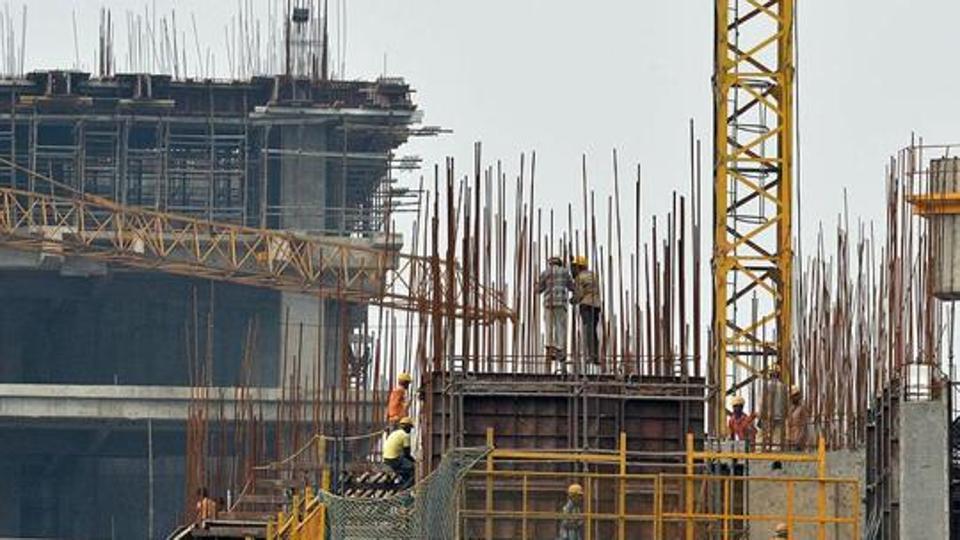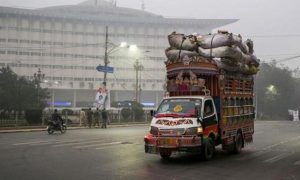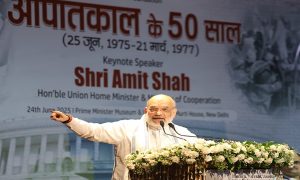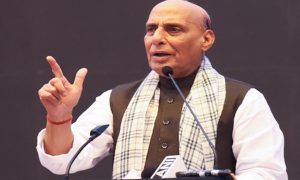The Asian Development Bank (ADB) has pared its Indian growth forecast for FY20 to 7% from 7.2% estimated earlier. This is in line with the estimates by the Reserve Bank of India (RBI) as well as the chief economic adviser in the finance ministry Krishnamurthy Subramanian.
This mainly reflects “the unexpectedly weak FY2018 outturn”, ADB said in its supplement to the Asian Development Outlook released on Thursday.
Gross domestic product (GDP) growth in India in the fourth quarter of FY19 slowed down more than expected to 5.8% from 6.6% in the previous quarter. This was the lowest quarterly GDP growth rate in five years. Annual GDP growth in FY19 decelerated to 6.8% from 7.2% in 2017-18.
“The slowdown was broadbased, with private consumption and investment growth slowing from previous quarters. On the supply side, agriculture and manufacturing grew more slowly as services picked up a bit,” ADB said.
However, the bank expects India’s growth to inch up again to 7.2% in FY21, “helped by recent reforms to improve the business climate, strengthen banks, and relieve agrarian distress.”
ADB said agriculture is expected to grow at a healthy rate in 2019-20 as current weather trends indicate a normal monsoon. “Moderation in growth prospects for the advanced economies could adversely affect tradable services, this drag on growth mitigated by a more competitive currency and benign oil prices,” it said.
However, the US decision to end preferential trade treatment for India under its generalised system of preferences will have minimal effect as it benefited only 1.8% of all Indian exports, the report said.
In light of a smaller-than-expected uptick in food inflation, a strengthening Indian rupee since October 2018, and a lower GDP growth forecast, the report revised downwards inflation forecasts for India by 0.2 percentage points to 4.1% in 2019-20 and 4.4% in 2020-21.
The RBI, however, expects retail inflation to be around 3.0-3.1% for the April to September period of 2019-20 and is expected to cut policy rates for the fourth consecutive time in August. ADB said deepening trade tensions between the US and China constitute the main risk to its growth outlook for developing Asia. US-China negotiations broke down in May, prompting the US to increase the tariff rate on $200 billion worth of imports from China from 10% to 25%. It also threatened tariffs on another $300 billion of Chinese imports and imposed restrictions on doing business with the Chinese telecommunications giant Huawei. China retaliated by raising tariff rates on $60 billion worth of US imports.
On June 28, China and the US called a truce to allow trade negotiations to restart and some restrictions on Huawei were lifted.


























 WhatsApp us
WhatsApp us